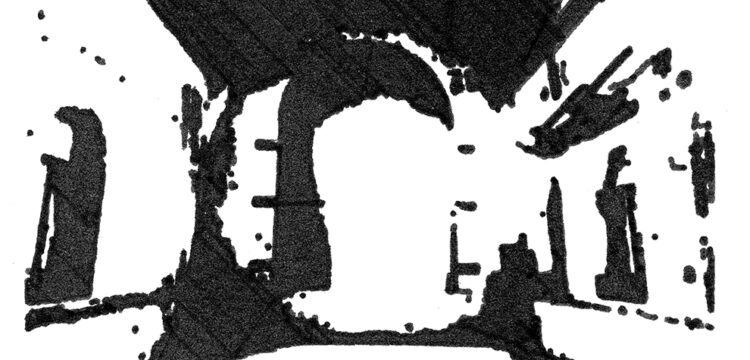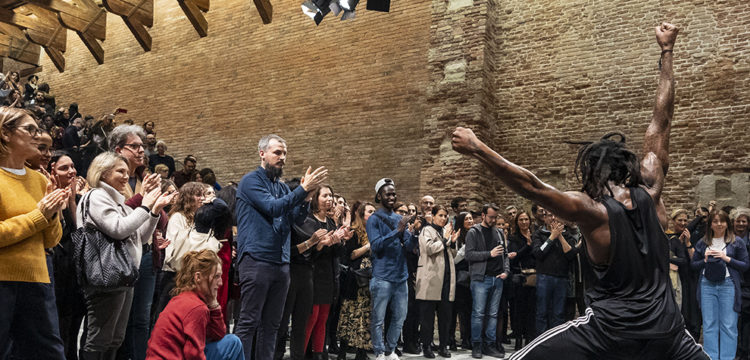Decolonize Contemporary Dance
Or a process of mutual knowledge
Le alleanze dei corpi is a project by DiDstudio and ZEIT born in via Padova in 2019, an invitation to reflect on care as a common, on universal rights and on the legacy of knowledge. This text was translated by Maria Galante.
The true focus of revolutionary change is never merely the oppressive situations which we seek to escape, but that piece of the oppressor which is planted deep within each of us, and which knows only the oppressors’ tactics, the oppressors’ relationships.
― Audre Lorde, Sister Outsider: Essays and Speeches
This year’s Le Alleanze dei Corpi (Alliances of Bodies) emerges from a number of themes that revolve around questions and constellations of meaning about the present: a theoretical framework that is reshaped in each performance and in the artistic programme at large, unfolding between urban bodies, open public workshops and independent spaces in Milan. Meetings and symposia are conceived as thought-generating organisms that mutate like tentacular forms, at times self-referential—creating echo chambers over some fundamental questions related to the body and the city. The core orientation is based on three elements: the relationship between the public and the common spaces. The latter understood as “a threshold space, a context capable of creating a shared world that hosts, sustains and expresses a community” (Stavros Stavrides) as well as being shaped by the practices of the communities that converge there: with Greek theorist Stavros Stavrides, in conversation with Annalisa Metta, Emanuele Braga, Alessandro Bollo, Elisabetta Consonni and Marco Minoja. Climate justice is the theme for a day of workshops and symposia: with the Climate Justice League, curated and coordinated by Emanuele Braga and the Institute of Radical Imagination: the decolonisation of contemporary dance focusing on How to Decolonize Contemporary Dance. This is how the festival comes together to concentrate its last two days to encapsulate and dive deeply into and then re-circulate the previous issues, from a decolonial and intersectional perspective.
How to Decolonize Contemporary Dance thus represents a synthesis, a grounding and simultaneous combustion: it’s a performative symposium, a mottled non-linear process, a non-school, a horizontal laboratory to converge and share practices and theories about the body and dance in the contemporary world, on the contents and aesthetics it conveys, and in turn on how these refract on contemporary artistic forms and consequently concern the relationship and power dynamics that is the theatre, the performance space and context, and that raises the central question of the gaze.
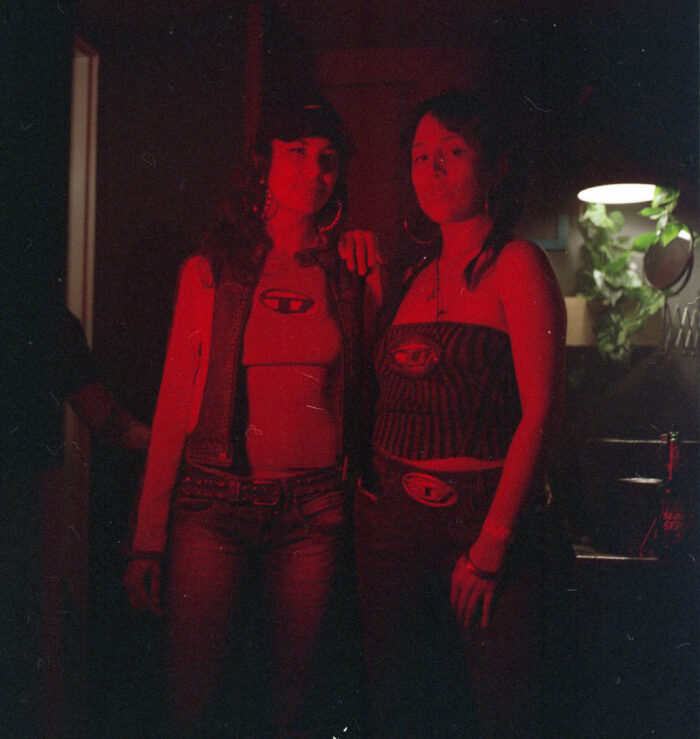
The project specifically questions dance’s mechanisms of production and reproduction, beginning with training, how it is learnt, what is handed down and passed on and which shapes the bodies that practice it. What dominant forces underlie choreographic and performative learning? How to readdress them? In which spaces are these formative processes practiced and implemented? Are they porous, really? Which are the determining hierarchies? Which contexts are represented and which bodies are “authorized”?
White, able-normative bodies, Euclidean geometries, lines, rationalist architecture, minimal, tidy spaces still form the basis of both training, and unfortunately production seemingly betrays the very guidelines that generated them. Indeed, if we recall the origins of postmodern dance and the repercussions of that laboratory of expanded creativity rooted in the heart of New York’s Greenwich Village that was the Judson Theatre, we realize how the experimental elements conceived in the 1960s were absorbed and domesticated. We only need to think of the fluid and horizontal setting of Anna Halprin’s Dance Deck, with no boundaries between inside and outside, of how the architecture was devised to allow access to anyone and for any type of performance. Or we can think of Simone Forti’s anti-speciesist approach, from the politics of emotions in her Zoo Mantras and her dances with bears, wolves and animals in captivity, to lysergic experimentation and collaborations with experimental music and the visual arts; or Trisha Brown’s relationship with everyday movements and the public space, and the principles of body democracy as identified by Steve Paxton with contact improvisation. While it is true that these are all white artists, it is also true that the Judson Theatre and the community within was established in a porous context, where a fluid community was then formed, avowedly distant from any institutional apparatus.
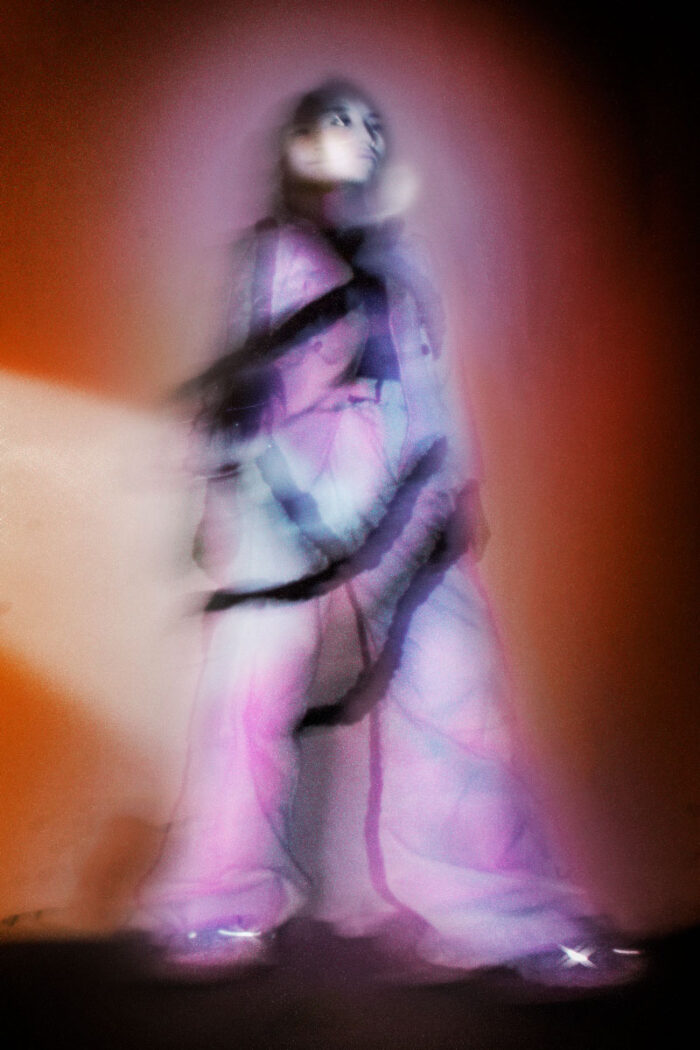
All this is meant to question the hierarchies of bodies, the space of mutual learning, critiquing the form that constitutes the founding elements of contemporary language. Nonetheless, the idiom has been contained, congealed, trapped in stylistic currents, empty expressions, which even today pervade the gaze on contemporary dance, on its elegance, on a concept of beauty, a word that shudders in the normativity it has been enshrined with.
Reflecting on how to decolonise contemporary dance thus begins with the considerations from the driving forces from the margins of the academia, and in particular the thoughts on the body proposed by artists with a diasporic experience. Their voices today, alongside those of the Queer movement, are developing the critical thinking about body normativity that dance “enshrines” and bodies address, as well as critiques on accessibility, a word that, like inclusion, addresses who is granting what. How to decolonize contemporary dance is conceived as a setting for “dances without permission”, for those artistic forms and knowledge that often are unrecognized and invisible. Forms and knowledge that spring from racialized subjects.
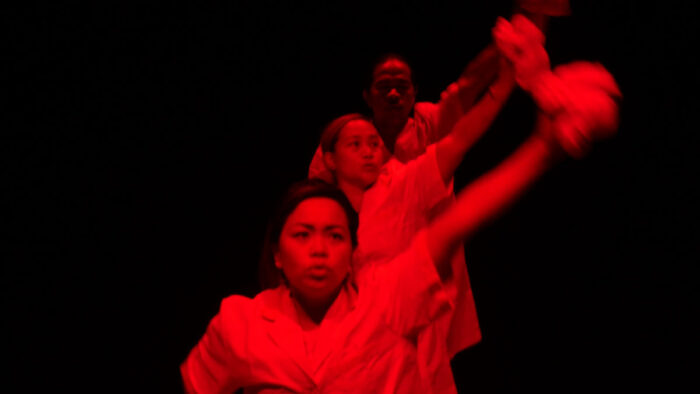
A wide range of questions has been generated by a multi-voice process developed through the complicity of companions, friends, and artists Barbara Stimoli and Francesca Marconi, and the Ippolita collective. This is an independent and interdisciplinary research group, concerned with digital technologies, the philosophy of surveillance techniques and capitalism, born from three intersecting “streams”: hacking, counterculture and feminisms. To quote Cavarero— there are many voices in its construction and realization, underlining a need for plurality, multiplicity, intersubjectivity for the process to take place.
We are “white”, a problem we ourselves had to address. We declare our privilege and start from a path of awareness, to quote Paulo Freire and his Pedagogy of the Oppressed. We aim to weave alliances and become complicit/partners along the path of critical consciousness that can arise and to develop critical thinking about the possible assimilation of the system of instances and struggles.
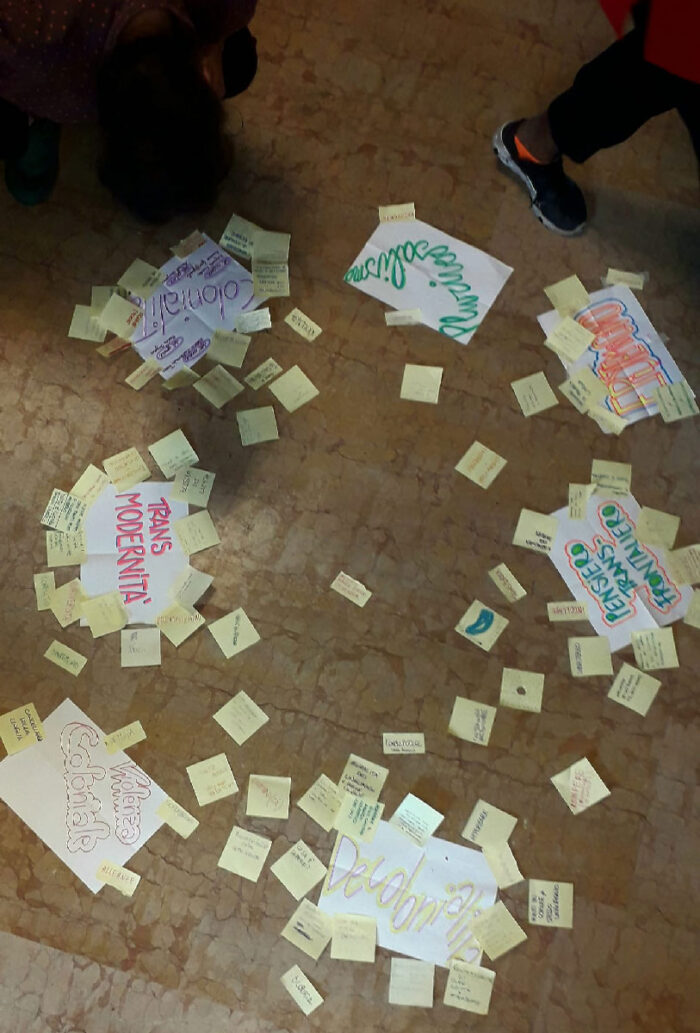
This process stemmed from a basic question: how can we reflect and create an approach to decolonisation, in being “white”, how can we avoid our work being perceived as appropriation? We therefore started by facing it head on from a simple need: to learn, to place the body and thought on prevalent questions, and by highlighting the desire to accompany and participate in an important, powerful, revolutionary generative field compellingly shaped by diasporic processes. From the discussions with the artists and participants who later took part in shaping the project with us, came the desire to create an area, a space, a camp, more of an horizontal context, a sector of learning, where we each can acknowledge the other and learn, exercising our differences, verifying, studying, endeavoring.
Reclaiming public urban spaces as common spaces emerged then, from a desire to create an opening and a context, albeit temporary, where to dialogue with the communities that inhabit it. Trotter Park, in Via Padova, is a symbolic location, still teeming with conflict, transformations, and demands. It’s a street that represents an observational slice, a possible plane of reflection on the body and bodies. Via Padova is a body is an affirmation that emerged from the process of participation and Todes, the artistic work of Marconi. It is a body, but also somewhere we also biographically converge.
A place where we are invited to share.
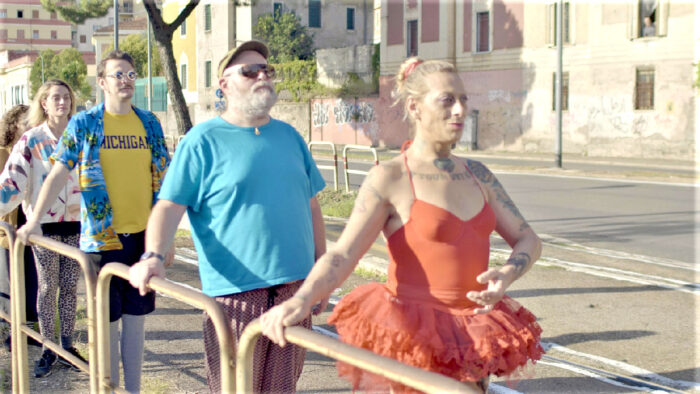
It was structurally envisaged as “vertical” in temporal terms, condensed in two immersive days imagined like a wave, a current through which the complexity of public space, meetings, lectures, performances, moments of shared training, improvisations could flow freely. We tried to draw up a map of the emotional links, relationships, any complicity stemming from practices which were observed and shared, by noticing what thoughts emerged from the body and bodies of performers, artists and choreographers, racialised, or with a diasporic background, who are revolutionizing the body in a Copernican way. Such a cartography is also an assembly, a political space, a place of relationships.
Ilenia Caleo’s “Performance, materia, affetti. Una cartografia femminista” was a source of inspiration. She writes—what is of interest [in] artistic practices is not so much the function of [re]producing already formalized aesthetic objects, destined for a codified cultural usage experience and limited to specific social behaviors, but the capacity to generate “a thought of the body”, a thought of movement, of space, of composition, more than just a representation or an image of the “thought of the body”, but its embodiment in action.
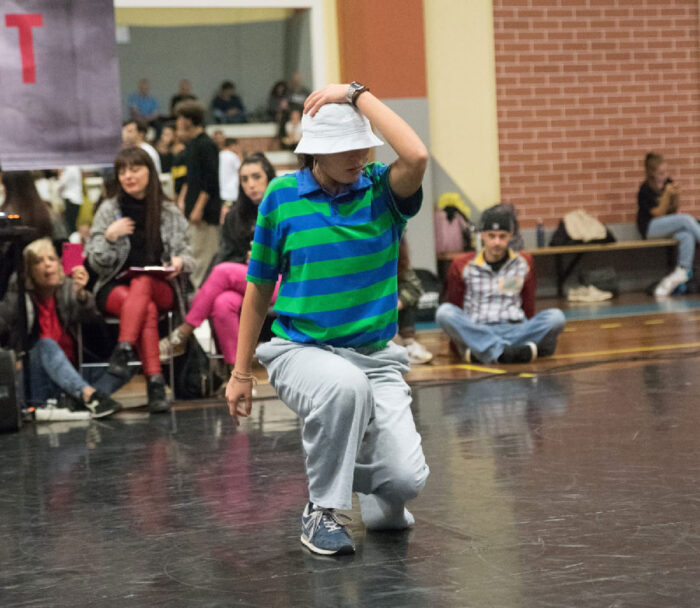
The archives, care, the ghosts of history, the echoes, the subject’s porosity, the plurality of identities, writing as emergence, the politics of listening are at stake—both aesthetic and epistemic. Here, distance, the space between bodies, geographies of emotional bonds, nostalgia, and the relationship with memory become language, grammars, forms of sentiment to reconstruct marginalized knowledge, to let unwritten histories and invisible lives emerge. Our relationship with extinction, or with the abuse and violence of the colony, becomes a field of struggle, a burning body, a revolt.
In the process of migration or diaspora, taking on a “bridging role” seems an obvious choice. As in the words of Chilean-Mexican choreographer Amanda Piña, when she describes the importance of her move to Vienna, of her coming into contact with political choreography to undertake that “bridging role”—to bear witness to indigenous history, to carry it on her shoulders, on her body, to empower it, to enable it to emerge.
In How To Decolonize Contemporary Dance the relationship between theoretical thinking, shared training and performance is fundamental. Like sliding across different fields, breaking through boundaries, placing the body at the center of formulating thought.
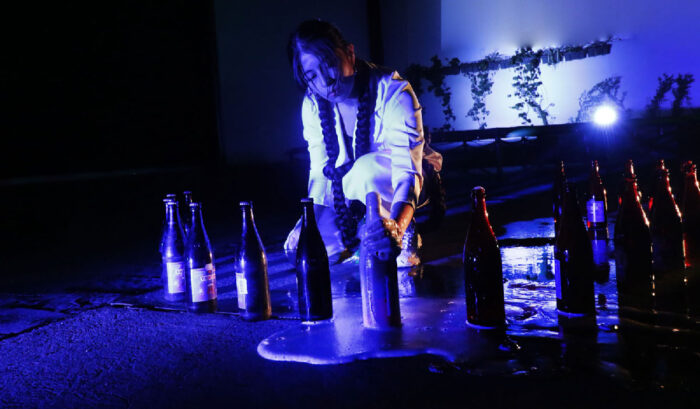
The days are structured around these core considerations:
1) Decoloniality, performance, contemporary dance, 2) Queer Decoloniality 3) Decoloniality, archives and rituals of care. Alongside these questions which generate further questions, there’s the persuasion that it is precisely when bodies are in proximity of each other that new forms of confrontation, knowledge and love are activated. And so Sayri, a collective from the Andean diaspora cooperated with some artistic choices, Rachele Borghi and Rahel Sereke joined us in dialogue and considerations, Liryc Dela Cruz offered up questions for our journey and last but not least, Anna Basti, with Elisa facilitated the Finale Party, for us all to join together at the Leoncavallo, one of Milan’s emblematic spaces of political struggles.
Each artist, curator, researcher contributed to the process with extreme generosity and desire to share.
More information on the program here.



